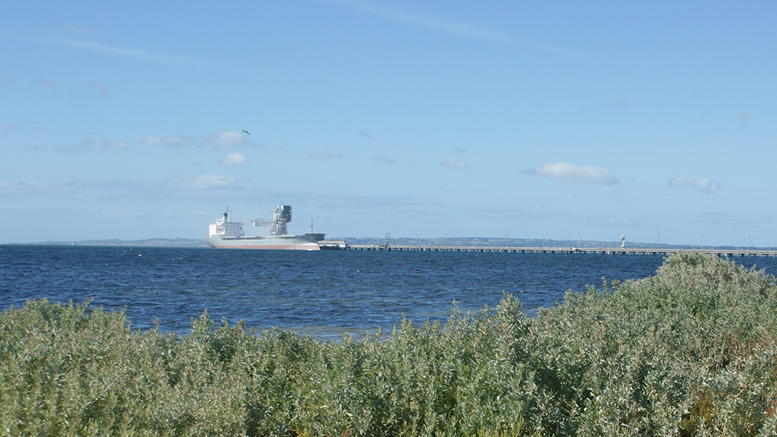To many, Point Henry on the eastern shores of Corio Bay is nothing more than an industrial wasteland, but Point Henry has a rich heritage and plays a very important part in the region’s ecology.

Point Henry was the place where many of the early European settlers landed when coming to Geelong. The shallow waters and sandbar made it difficult for larger vessels to enter Corio Bay, so Point Henry became the closest landing base.
The point became immensely popular in the middle of the 19th century when tea gardens were established and the point became the region’s first tourist resort, with paddle steamers bringing people from Melbourne and surrounds for a lovely day by the seaside. Point Henry then became a vital shipping port for people coming to the gold fields during the 1880s. Point Henry remained a popular port until the Hopetoun Channel was constructed in the 1890s; allowing larger vessels to dock in Geelong Harbour.
Point Henry is still today a vital piece of Geelong’s nautical needs. Overlooking the point is the yellow brick Point Henry Signal station that was built in 1939, it offers a view of the whole of Corio Bay, plus a superb view of the channels leading in and out of the bay. It has served as a pivotal navigation aid to ships visiting Geelong and once served as a vital link notifying agents, provedores and harbour masters of a ship’s arrival.
The vast Alcoa plant was built in 1963 and produces around 190,000 tons of aluminium a year, making it one of the world’s most efficient smelters. More than half of the aluminium produced at the plant is exported for the Asian market. The rest of the aluminium is shipped next door to Alcoa’s rolled product plant, where the aluminium is rolled out into sheet. In February 2014, Alcoa announced it would be closing its Geelong facilities due to market influences and the ever-changing world economy by the end of the year.
Point Henry is an important home to rare and endangered wildlife, including many species of water birds. The internationally recognised habitat is home to a wealth of bird life, including many migratory birds. The area has extensive wetlands which provide homes for egrets, gulls, pelicans, swans and the threatened Latham’s Snipe. Much work has been done over recent years to clean the area up, removing foreign plants such as serrated tussock, fennel and box thorn and planting native plants that are known to have grown in the area. Rabbits have been another serious problem which have led to soil erosion and attracted foxes, feral cats and the like. Fortunately things are improving, and the ecosystem is returning to nature, and so are the native plants and animals, including regular sightings of frogs and lizards.

Point Henry is a popular place for wind surfers, especially on windy days, and is also popular with fisherman with small boats. The waters are shallow and access is good. The beach has a thick shell grit cover and there is a lot of seagrass both in the water and on shore, it isn’t Geelong’s best swimming beach, but Point Henry offers a quiet and relaxing location away from the crowds, an ideal place to take the young for a bit of a paddle.
